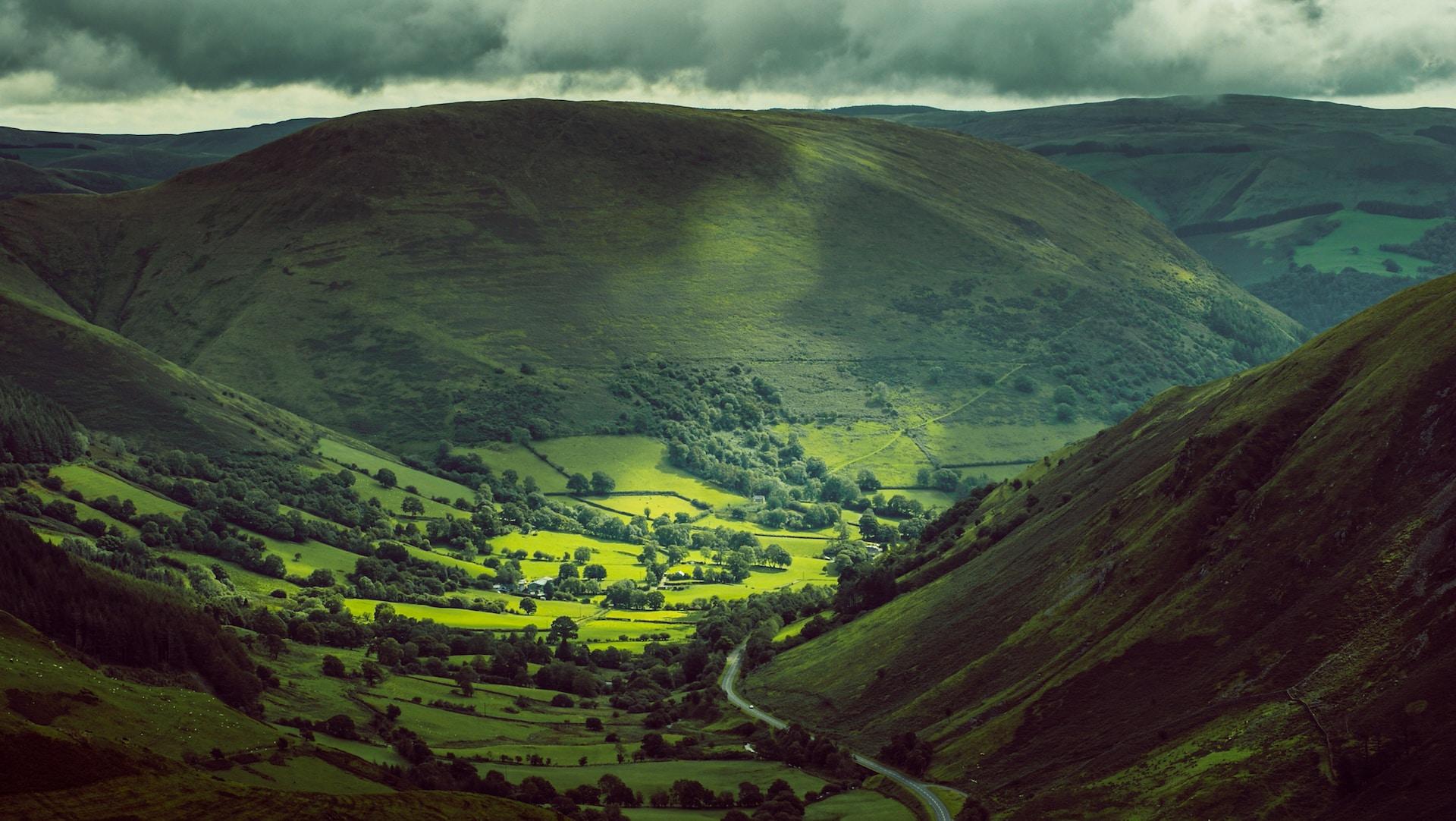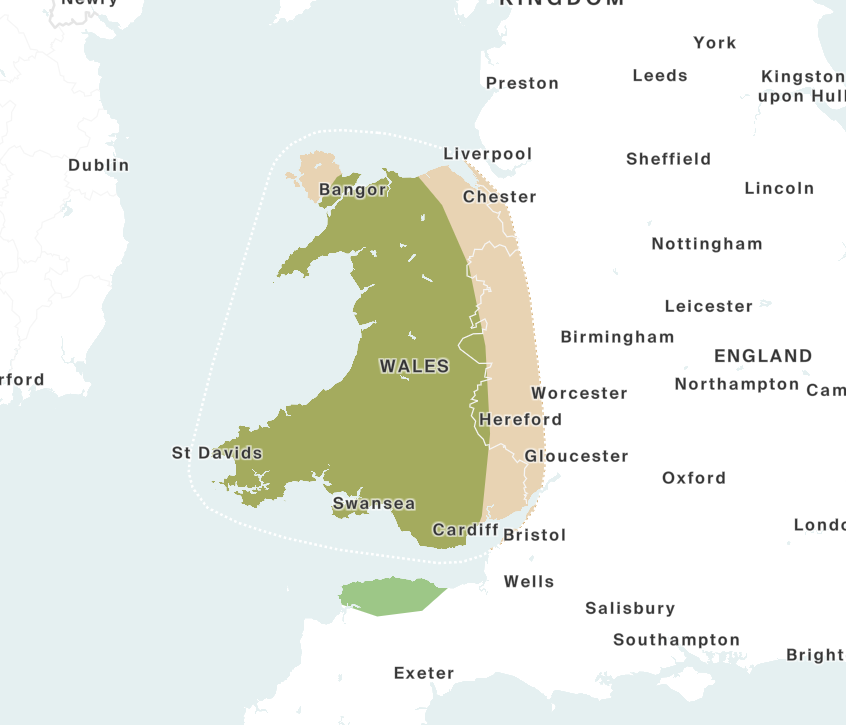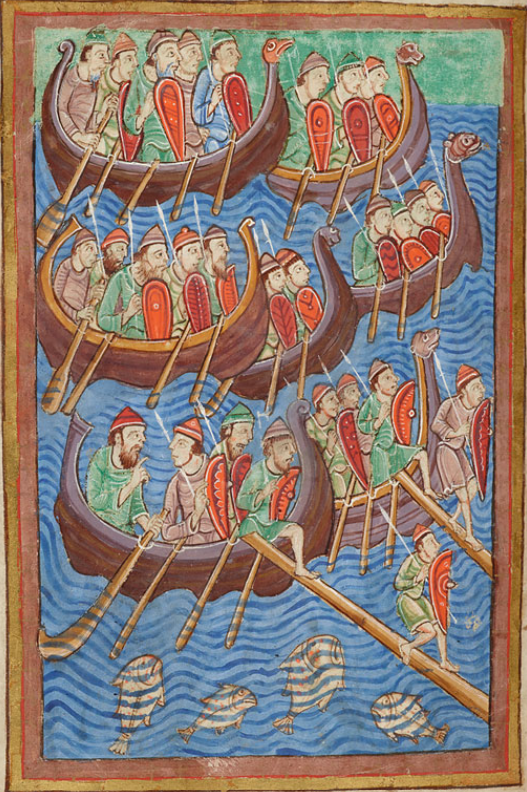What is Wales DNA Ethnicity on Ancestry?
The results of our AncestryDNA tests may sometimes be what we expect or on occasion may be a big surprise. Either way, often we need a little more information regarding some of the regions that arise in our ethnicity estimates.

One region that is not at all uncommon is the Wales DNA region. Those who still live in this region already understand all about its history and culture. There are others, however, who may never have even visited or in fact been aware that they have ancestors from that area.
In this post we will go into more detail with regards to the history, geography and culture of the Wales region. We will also discuss what it means to be from this region and how easy or difficult it might be to trace our roots in the Wales Region.
What Is the Wales DNA Region?
The Wales DNA region as the name suggests covers the entirety of the country of Wales. This region's reach does however extend into England to the east of Wales showing up in the counties of Shropshire, Herefordshire and Gloucestershire. There is also a pocket of Wales region DNA located to the south of Wales in northern Devon separated by the sea in southwestern England.

Wales DNA Region Subregions
There are 4 subregions to the Wales DNA region which may help those with a sizeable amount of Welsh DNA determine which region of this relatively small nation their ancestors may have originated.
Mid Wales
This subregion is located roughly in the center of Wales around the region formerly known as Radnorshire and extends into England and the county of Herefordshire.
North Wales
The North Wales subregion as the name would suggest includes the northern half of the country. It extends eastward into the English county of Shropshire
South East Wales
The South East Wales subregion covers the southeastern portion of Wales and includes Swansea, Newport and Cardiff.
West Wales
The West Wales subregion is located in western Wales covering a large area of the west coast of the country from Aberystwyth in the north to Kidwelly in the south.
Wales Region History
Wales Prehistory
Evidence of human habitation in the region referred to as Wales today dates back around 29,000 years. Indications of continuous habitation in the region seem to date back to the end of the last Ice Age. Roughly 10250 years ago the glaciers were retreating northward in Europe which opened up the land and allowed vast forests to grow in the Wales region.
During this early habitation period just after the ice age Wales and Ireland were connected. However with the receding of the glacier came a rise in sea levels creating the Irish Sea which today separates the two countries.
The early peoples lived a hunter-gatherer lifestyle but around 6,000 years ago a wave of neolithic colonists started to integrate with the indigenous groups changing the way of life to a more agricultural one. Vast swathes of forest were cleared to allow for farming.
The Celts
During the Bronze and Iron Ages several waves of Celtic tribes arrived in the British Isles thanks to a maritime trading network. These Celts would also integrate into the populace throughout England and Wales.
The Romans
The Roman Empire came to the British Isles in 43 A.D. It only took a few decades for the Romans to conquer most of the British Isles, establishing a presence that would endure for almost four centuries. In Wales the Romans would find local tribes known as the Deceangli (north-east), Ordovices (north-west), Demetae (south-west), Silures (south-east) and Cornovii (east).

 When it came to conquering the Welsh region the Romans began their campaign in 48 AD. The resistance to the Romans came mainly from the Silures and the Ordovices. There was initial success in resisting the Roman forces in North Wales but eventually the Romans would prevail. The occupation of Wales was militaristic although in the south there are signs that the population was more accepting of Roman culture.
When it came to conquering the Welsh region the Romans began their campaign in 48 AD. The resistance to the Romans came mainly from the Silures and the Ordovices. There was initial success in resisting the Roman forces in North Wales but eventually the Romans would prevail. The occupation of Wales was militaristic although in the south there are signs that the population was more accepting of Roman culture.
The Invasion of the Germanic Tribes:
It was with the decline of their western empire that the Romans eventually withdrew their military presence from Britain in around 410 A.D. This left the region undefended and in turmoil allowing Germanic tribes such as the Angles and Saxons as well as the Danish Jutes to take control. The modern English language is actually based on that of the Angles.
The tribes carved England into several kingdoms with as many regional monarchs. There was often fighting between kingdoms and there was little unity in England at this time. Wales however were more able to resist so as England was divided Wales divided itself into Kingdoms that were free of Anglo-Saxon rule. Some land was lost to the Saxons however but the Welsh simply retreated to the mountain regions of the West.
The Viking Raiders:
Around the 8th century a new set of invaders reached British shores in the form of the Vikings. Although often portrayed as raiders who took their plunder home, these Scandinavians actually often settled in Britain as well.

Wales did not escape the Vikings' interest as in 853 AD they raided Anglesey although just 3 years later the King of Gwynedd Rhodri Mawr would defeat and kill the leader of this Viking group Gorm. The Celtic Britons of Wales would make Peace with the Vikings and even ally with them against Northumbria. This agreement however feel apart when the Celts switched allegiance to Alfred King of Wessex
The Norman Conquest
This was the last great invasion of the British Isles taking place in 1066. After centuries of tribal and Scandinavian invaders the descendants of Vikings who had settled in Normandy France came to Britain. Led by William the Conqueror the Normans took complete control of England.
Within four years of the Battle of Hastings, England had been completely subjugated by the Normans. William would establish a series of lordships and allocate land along the Welsh border to his most powerful warriors. Starting in the 1070s, these lords would begin conquering lands in southern and eastern Wales.
How Did You Get Wales Region DNA?
If you already know that you had family who came from Wales or any of the bordering states then you know why you have Wales region DNA. If this result came as a surprise you may not know how exactly you came by DNA from this region.
If you have a sizable percentage of DNA from this region then it is likely you have an ancestor who was born in or close to the country of Wales.
Is the Result Accurate?
When it comes to ethnicity estimates the higher the percentage you have from a certain region the more likely it is to be accurate. If your percentage is low, however, then it is harder to pinpoint exactly where your most recent ancestors came from.

A low result could mean a distant ancestor from that region. It is best to focus on your highest rated region's matches to determine where your ancestors came from more recently. A low percentage can often be hard to locate because the ancestor in question could be many generations back in your tree.
How to Research my Ancestry from These Regions
The results of a DNA ethnicity test are of course a great place to start especially if there is an unexpected result found in the report. As always of course the DNA cannot tell the whole story and we need to actually do the research work.
A percentage on an ethnicity estimate means very little unless you follow through and start building up your family tree. The relevant ancestors may be several generations back and it may take a lot of research to discover who they were.
If you have specific regions mentioned in your report then you have a good idea of where your ancestor may have originated from. Ancestry DNA even has migratory information from some of these regions through to the final settlement places in the United States or elsewhere in the world.
Using Ancestry you may be able to determine not only who your ancestors were but where they are from in the region and perhaps the reason they decided to move.
Welsh Migration
There are unconfirmed legendary suggestions that Celts from Wales may have voyaged to the Americas in the twelfth century. It is claimed a settlement was made in the New World by Prince Madog of Gwynedd. This was popularized during the Elizabethan era in an attempt to bolster British claims to the New World.
Colonial Era of America
Early Welsh immigrants to North America began arriving after 1618 and were mostly Welsh Quakers seeking religious freedom. A sizable colony was established by the Welsh in Pennsylvania.
Miners and Farmers
The prosperity of farming and mining in Wales had a boom period but it quickly became obvious that the world at large offered more lucrative options. Miners migrated out of Wales to the Americas, Australia and other nations with mining industries finding better wages that were available at home.
Farmers also made the move to migrate in search of more land and a more lucrative way of life.
Final Thoughts
The country of Wales is small but is home to a rich history that matches closely much of the British Isles. Known as being a mountainous region it still holds to many of its early Celtic roots and the Welsh language is still used in some regions.
Wales resisted the Romans and would remain largely resistant even after they were eventually conquered. They would hold off the Saxons and the Vikings and still hold on to a sense of independence even when they became part of the United Kingdom.
Link To or Reference This Page
We spent a lot of time downloading, cleaning, merging, and formatting the data that is shown on the site.
If you found the data or information on this page useful in your research, please use the tool below to properly cite or reference Name Census as the source. We appreciate your support!
-
<a href="https://namecensus.com/blog/what-is-wales-dna-ethnicity-on-ancestry/">What is Wales DNA Ethnicity on Ancestry?</a>
-
"What is Wales DNA Ethnicity on Ancestry?". NameCensus.com. Accessed on May 4, 2024. https://namecensus.com/blog/what-is-wales-dna-ethnicity-on-ancestry/.
-
"What is Wales DNA Ethnicity on Ancestry?". NameCensus.com, https://namecensus.com/blog/what-is-wales-dna-ethnicity-on-ancestry/. Accessed 4 May, 2024
-
What is Wales DNA Ethnicity on Ancestry?. NameCensus.com. Retrieved from https://namecensus.com/blog/what-is-wales-dna-ethnicity-on-ancestry/.
